
Wedding Dress Colors: The Complete 2026 Guide (White, Ivory, Champagne, Blush, Black, and More)
Choosing between wedding dress colors can feel surprisingly complex–especially when shades like white, ivory, and champagne look similar on a hanger but read very differently in photos and real life. This 2026 wedding dress color guide answers the most searched questions, compares core shades side by side, and shows how to choose the best wedding dress color for your skin tone, venue, and budget. As a trusted U.S. bridal source since 2007, Formal Dress Shops brings 15+ years of fit, fabric, and color expertise to help you shop with confidence.
Table of Contents
- The modern spectrum of wedding dress colors
- White vs. Ivory vs. Champagne (and Blush and Black): How They Differ
- How to choose the best wedding dress color for your skin tone
- Wedding dress color trends 2026: what's rising now
- Lighting, venue, and photography: how color reads on the day
- Budget, availability, and rush orders by color
- Styling and accessories by color
- Shop wedding dresses by color at Formal Dress Shops
- FAQs: Wedding Dress Colors: The Complete 2026 Guide (White, Ivory, Champagne, Blush, Black, and More)
We'll unpack classic hues and trending tones–blush, latte/nude, pearl, silver, even black–while addressing pricing, availability, and rush timelines. You'll learn what color wedding dress you should wear based on undertone, how lighting changes everything, and which color is best for a wedding bride seeking timeless, modern, or fashion-forward style. When you're ready to browse, use our collection filters to explore by color, silhouette, size, and designer.

The modern spectrum of wedding dress colors
The modern bride isn't limited to bright white. While white symbolized "newness" in Victorian times, today's palettes are about harmony–matching complexion, venue, and photography style. Designers continue to refine neutrals (ivory, cream, champagne) with whispery undertones that flatter more skin tones, and they layer organza or tulle for depth. In 2026, pearlescent finishes and color-infused linings are popular because they amplify texture without feeling "colored."
At the same time, personal expression is in. Blush and rose-beige add romance, light silver and pale blue nod to cool editorial minimalism, and black wedding dresses signal confidence and couture appeal. Many gowns quietly blend hues–an ivory lace over a nude lining, for example–so the eye sees dimension rather than obvious contrast. Understanding undertone and light helps you choose a hue that looks luminous from aisle to after-party.
White vs. Ivory vs. Champagne (and Blush and Black): How They Differ
In bridal, "white" usually means crisp, cool white–think gallery walls or new paper–with blue undertones that pop under daylight and flash. It flatters cool and neutral skin tones and photographs high-contrast, especially on matte satin or mikado. By contrast, ivory is a soft, warm off-white. It's universally flattering because it balances warmth and brightness, especially in lace or crepe. Ivory reads soft in person yet remains unmistakably bridal in photos.
Champagne leans golden-beige. It pairs beautifully with candlelight venues and vintage-inspired beading, adding a subtle glow that feels luxe rather than tan. Brides with warm undertones or deeper complexions often love champagne's radiance. Blush ranges from petal-pink to rose-beige; modern versions read almost neutral, especially beneath ivory lace. Blush brings dimension to tulle skirts and softens structured bodices, making it a romantic alternative to ivory.
Finally, black is no longer contrarian–it's couture. On clean silhouettes, black looks sleek and editorial; on lace, it turns intricate and dramatic. Black photographs exceptionally well in urban and evening settings, and it complements metallic accessories. If you want ceremony tradition on top, consider a detachable ivory overskirt with a black mini or column beneath. Our long-standing partnerships with top manufacturers mean you'll see these nuanced shades executed with premium craftsmanship across fabrics and sizes.

How to choose the best wedding dress color for your skin tone
Start with undertone, not just surface shade. Cool undertones (pink/rosy) tend to glow in bright white, soft white, and true ivory. Warm undertones (golden/olive) often shine in cream, champagne, and rose-beige. Neutral undertones can wear almost any hue–so prioritize venue lighting and fabric texture. When in doubt, try the same silhouette in two shades; a side-by-side fitting instantly reveals which tone lifts your complexion and eyes.
Quick ways to spot your undertone:
- Check wrist veins: greener reads warm; bluer reads cool; mixed is neutral.
- Test jewelry: gold flatters warm; silver flatters cool; both suit neutral.
- Natural flush: pinker flush leans cool; peachy/tan flush leans warm.
- White tee test: in daylight, stark white brightens cool tones more than warm.
If you're fair with cool undertones, consider soft white or light ivory to avoid wash-out. Warm fair to medium skin glows in cream, champagne, and blush-lining ivories. Olive skin loves champagne and rose-beige because they offset green undertones. Deep complexions look incredible in rich ivory, champagne, and black–colors that create luminous depth on camera. Ask for fabric swatches against natural light; our bridal team can guide you via chat, using 15+ years of fit and color expertise. For a deeper overview of color options and how they read in real life, see this helpful guide: How to Find Perfect Wedding Dress Colors.

Wedding dress color trends 2026: what's rising now
The 2026 runway-to-aisle story celebrates light play: pearly finishes, layered neutrals, and translucent tulle over color-infused linings. Designers are using micro-shimmer and glass-bead embroidery to make ivory and champagne sparkle softly under evening lighting. Blush remains strong, but it's subtler–think ballet-slipper tulle or rose-beige linings that read neutral in photos. For modern minimalists, clean ivory and soft white in sculpted mikado or crepe feel timeless and editorial at once. Explore more 2026 bridal color trends here: 2026 Wedding Dress Trends Every Modern Bride Should Know.
Bold statements also have momentum. Black ball gowns and sleek columns are increasingly chosen for evening venues and city elopements. Cool metallics–silver, platinum, and pearl–accent necklines and trains without overwhelming a look. Meanwhile, latte/nude mesh under lace brings dimension to bodices while maintaining coverage. Expect detachable elements–overskirts, sleeves, capes–that let you shift a gown's color balance from ceremony to reception.
Top color stories to watch:
- Pearl and soft white in luminous satin and mikado
- Champagne and cream with subtle metallic beading
- Blush and rose-beige tulle layers that read neutral
- Black couture moments in sleek columns and ball gowns
- Ivory lace over latte/nude linings for depth
Lighting, venue, and photography: how color reads on the day
Natural daylight cools down colors, making white crisper and champagne slightly less golden. By contrast, sunset and candlelight warm everything, enriching blush and champagne and softening bright white. If you're marrying outdoors at noon, a soft white or ivory can reduce glare in photos; under string lights or in a ballroom, champagne and blush glow romantically. Always step into multiple light sources during try-ons–window light, ceiling lights, and phone flash. For more detail on how lighting affects imagery, see this resource: A Guide to Wedding Venue Lighting: How It Affects Photos.
Backgrounds matter, too. A white beach backdrop may blend with stark white gowns, while ivory or champagne creates gentle contrast. Urban venues with darker walls amplify the drama of black and metallic accents. Photographers often prefer matte or textured fabrics (crepe, lace, tulle) because they photograph dimensionally, while high-shine satins can read brighter. Ask for a quick flash test and a portrait in shade; those images will most closely match your wedding gallery.

Budget, availability, and rush orders by color
Good news: in most collections, color choice doesn't dramatically change price–fabric and embellishment do. That said, intricate beading on champagne or metallic embroidery can add cost due to labor. If you love colored linings or specific shades, check lead times early. Popular ivory and champagne sizes restock quickly at Formal Dress Shops thanks to our designer partnerships and global reach, and many styles are available for fast shipping.
If your timeline is tight, our customer care team can suggest in-stock alternatives that preserve your color aesthetic while meeting your date. We've specialized in rush-friendly solutions since 2007, balancing premium craftsmanship with fair pricing. Minor alterations can often fine-tune color impression–raising a neckline to show more ivory lace than blush lining, for example–without custom dyeing.
Smart rush strategies:
- Ask for in-stock colors first, then refine silhouette and details.
- Consider the same gown in ivory or champagne if a niche hue is delayed.
- Use accessories (veil, overskirt) to shift a look without changing the dress.
- Prioritize fabrics with minimal lead times (crepe, mikado, plain tulle).
Styling and accessories by color
Your accessories can clarify the color story.
- Ivory: pairs seamlessly with ivory or cream veils.
- Champagne: benefits from warm-gold metal and freshwater pearls.
- Blush: loves rose-gold or soft silver.
- Latte/nude linings: match your shoes or clutch to that tone for cohesion.
- Black gowns: commit to a luxe finish–satin pumps, crystal earrings, or a pearl-trim veil–to signal "bridal" rather than eveningwear.
Makeup also influences how a hue reads. Cool whites and soft whites harmonize with rosy blush and neutral-pink lips, while champagne and blush glow with peachy tones and warm highlight. Consider the contrast of your bouquet: whites and greens keep ivory fresh; toffee roses and anemones deepen champagne's romance; orchids and calla lilies elevate black gowns. Your stylist or consultant can test veils and capes to see how layers subtly adjust color balance in photos.
Shop wedding dresses by color at Formal Dress Shops
When you're ready to compare shades side-by-side, explore our color filters to view gowns exactly the way you plan to wear them. You can see ivory lace over blush lining next to champagne crepe, compare cool white to soft white, and narrow by silhouette, size, and designer in seconds. Our team's 15+ years of formalwear expertise ensures curation that is trend-forward, crafted with care, and priced fairly.
Use "Shop by Color" to jump straight to your palette and refine from there. Whether you want classic ivory, glowing champagne, a modern blush neutral, or a dramatic black couture moment, we make selection simple–and ship fast worldwide with a satisfaction-focused support team. Start here: shop wedding dresses by color.

FAQs: Wedding Dress Colors: The Complete 2026 Guide (White, Ivory, Champagne, Blush, Black, and More)
What's the difference between white and ivory wedding dresses in photos?
White has a cool, crisp base that reflects more light, so it appears brighter and higher-contrast in images–especially outdoors or with flash. Ivory includes a touch of warmth, which softens highlights and flatters a wider range of skin tones. If you're fair or cool-toned, soft white or light ivory can prevent wash-out. If you're warm-toned or want a gentler, romantic look, ivory is often the safer bet. Ask your photographer to snap a quick test in window light and shade.
Which color is best for a wedding bride with warm or cool undertones?
For cool undertones, bright white, soft white, and true ivory keep skin luminous without adding yellow. Warm undertones glow in cream, champagne, and rose-beige, while neutral undertones can wear almost any hue–so prioritize venue lighting and fabric. If you love lace, try ivory over a latte or blush lining for depth. If you prefer clean minimalism, soft white mikado or crepe is timeless and flattering across complexions.
Are black wedding dresses acceptable for 2026?
Yes–black wedding dresses are chic, editorial, and increasingly mainstream, especially for evening and city venues. They photograph beautifully against architectural backdrops and candlelight, and they work on many skin tones. If you want a nod to tradition, pair a black column with an ivory overskirt or veil for the ceremony. Styling is key: polished accessories, luminous makeup, and intentional florals make black feel bridal rather than cocktail.
Do certain wedding dress colors cost more?
Color alone rarely drives price. Fabric grade, construction, and handwork–like beading, embroidery, or lace–are the main factors. That said, some champagne or metallic-embroidered styles can cost more due to specialty materials and labor. If you're budget-conscious, choose simpler fabrics (crepe, satin, plain tulle) in your preferred hue and add interest with accessories. Retailers with strong designer partnerships often secure fair pricing and better in-stock color options.
How do I choose a wedding dress color if I'm shopping last-minute?
Start with in-stock options in your target palette–ivory and champagne typically have the best availability. Ask about the same silhouette in alternate shades if your first choice isn't available. Use accessories to adjust the overall tone: a cream veil warms white; a blush lining or overskirt adds romance to ivory. Prioritize fit and fabric you love, then fine-tune color with veils, belts, and jewelry. Quick shipping and responsive support can make all the difference.
Will champagne or blush look too "colored" in my wedding photos?
Modern versions of champagne and blush are intentionally subtle, especially when layered under ivory lace or tulle. In daylight, they read like warm neutrals; in evening light, they glow softly without looking overtly pink or tan. If you're unsure, ask for a fabric swatch test against your skin in natural light, plus a quick photo with flash. Many brides are surprised how neutral these shades appear in galleries.
Choosing your shade should feel exciting–not overwhelming. If you want personalized guidance on fit, fabric, and color, reach out to our bridal team. And when you're ready to compare palettes side-by-side, head to our collection to shop wedding dresses by color. We'll help you find the hue that makes you feel unmistakably you, from aisle to last dance.

Follow us on Facebook and Instagram to stay inspired with the latest formal dress trends, styling ideas, and seasonal collections.



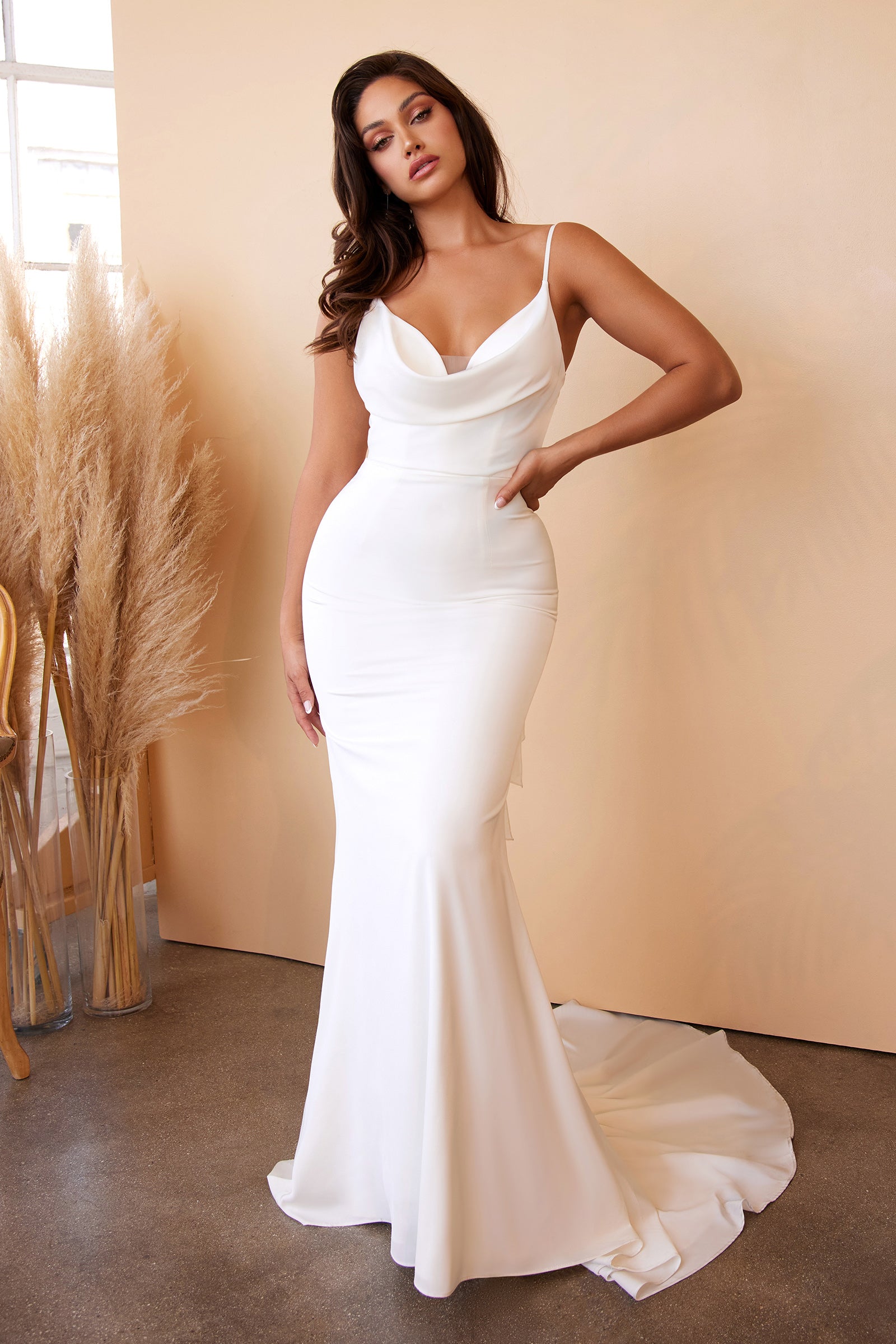

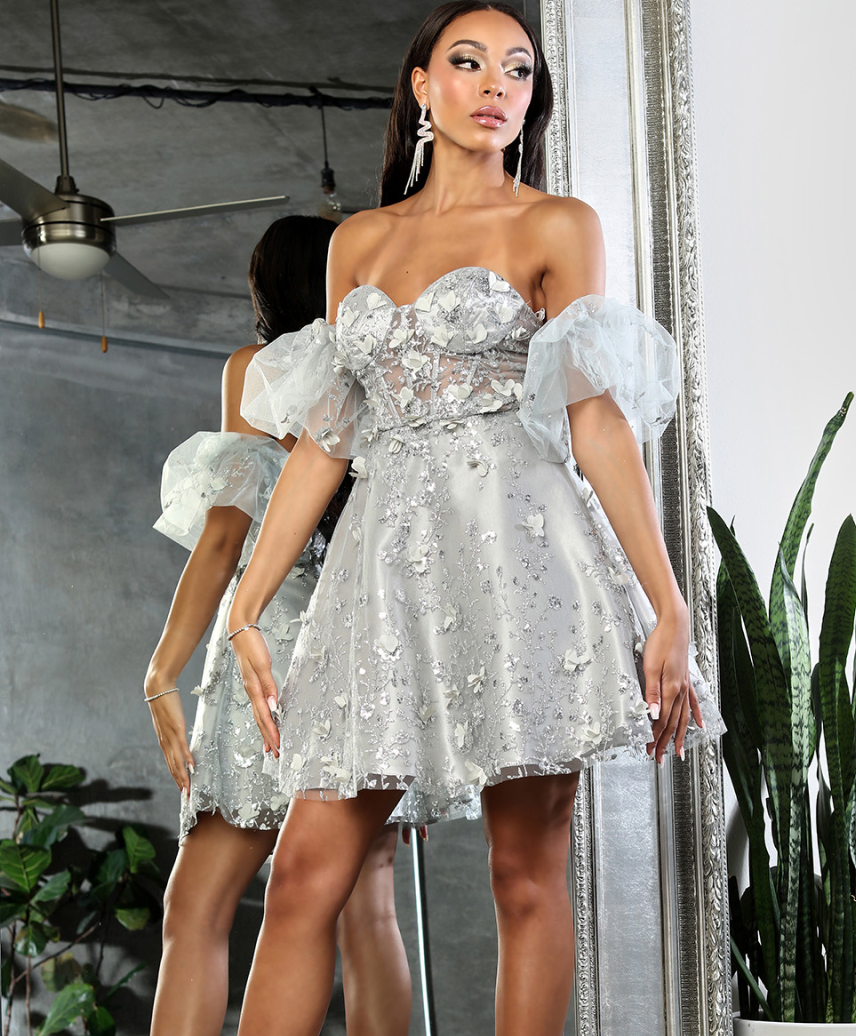
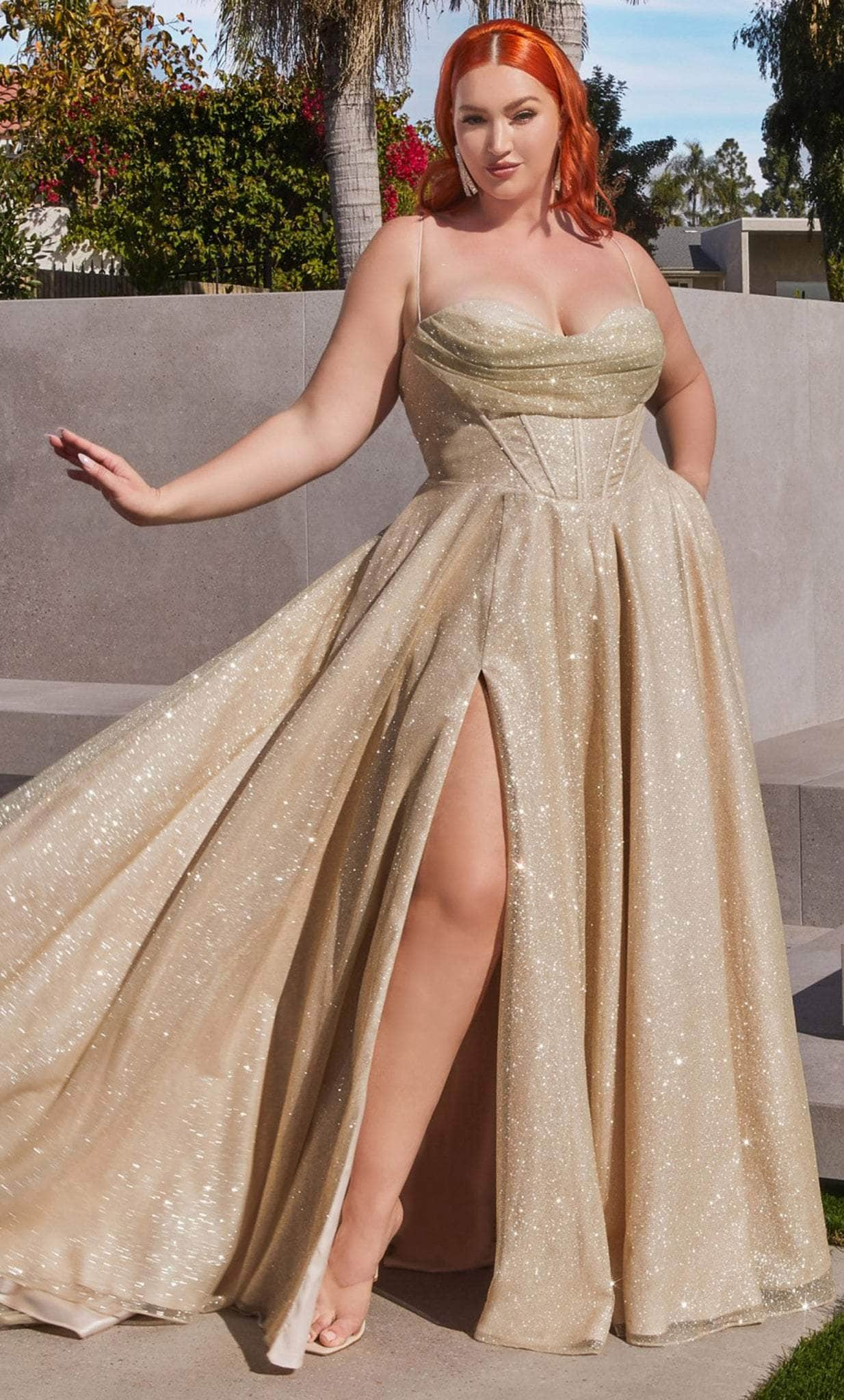

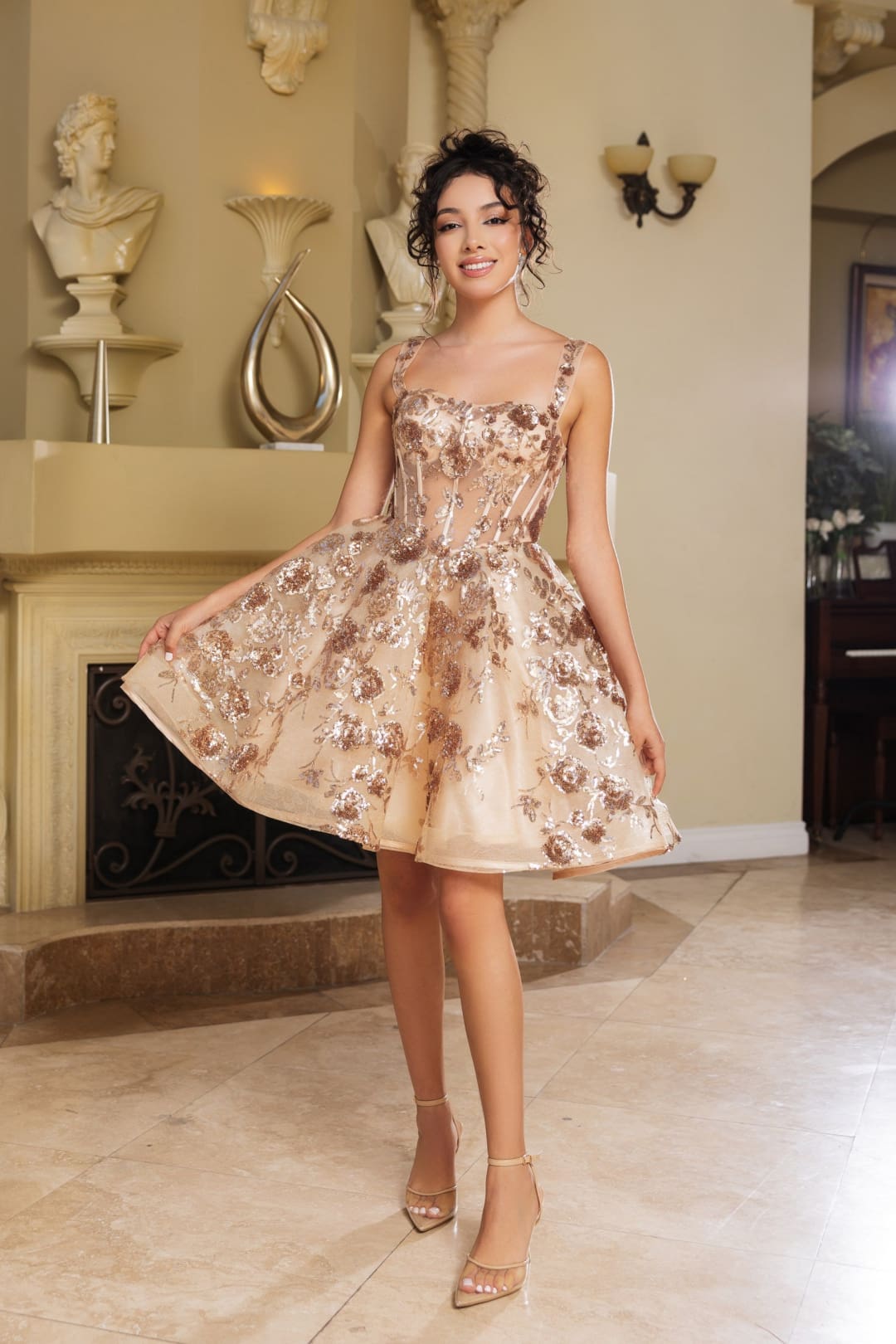

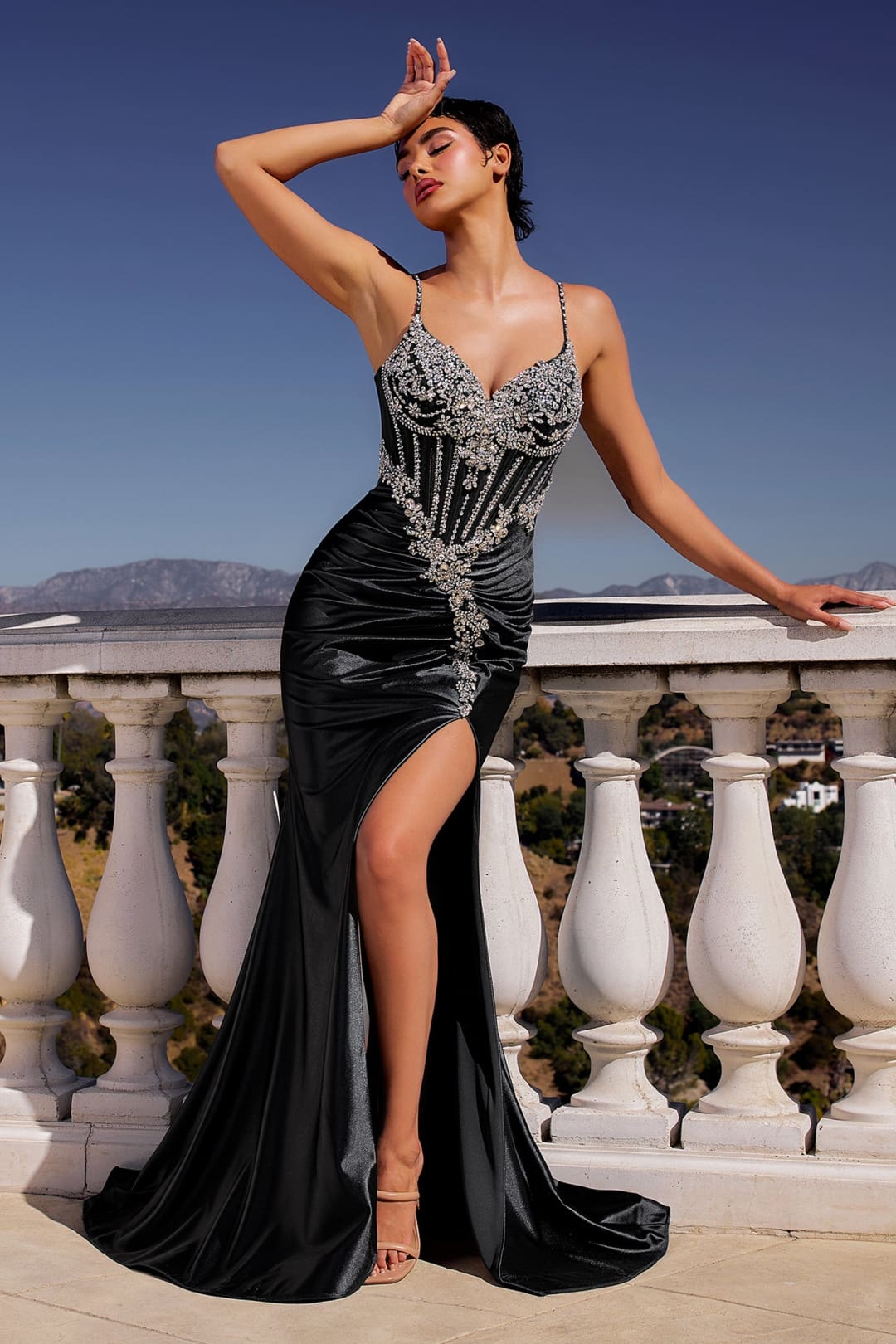
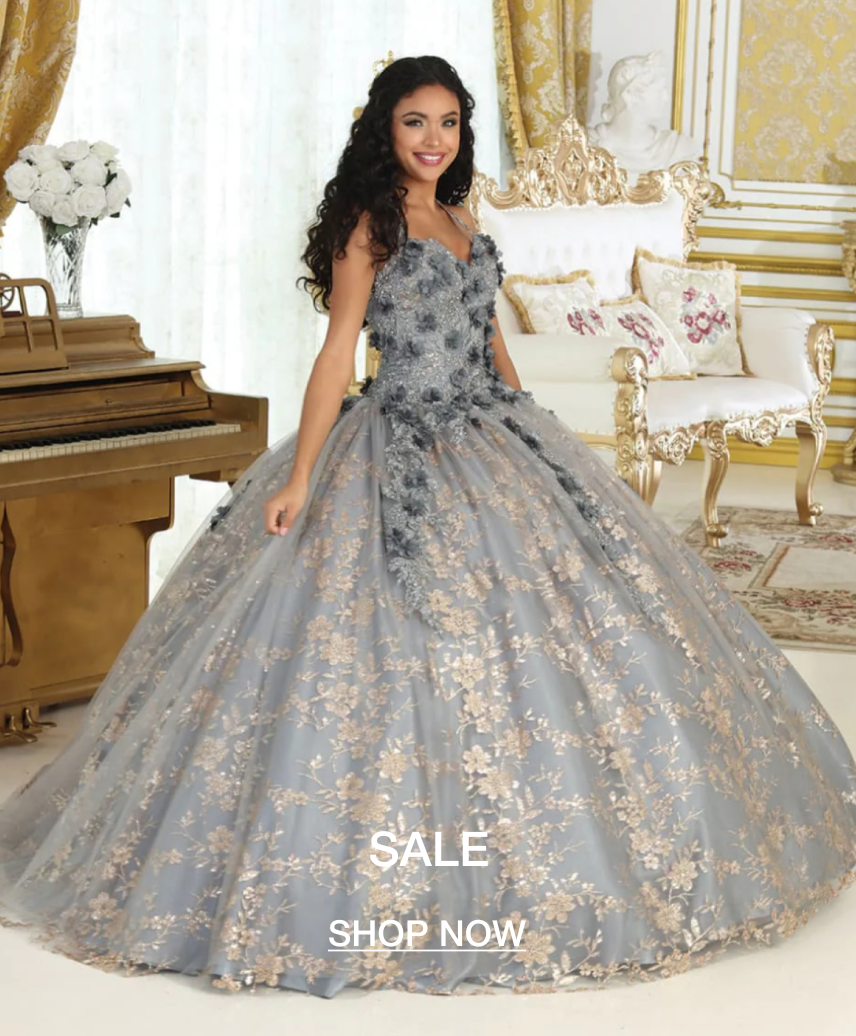

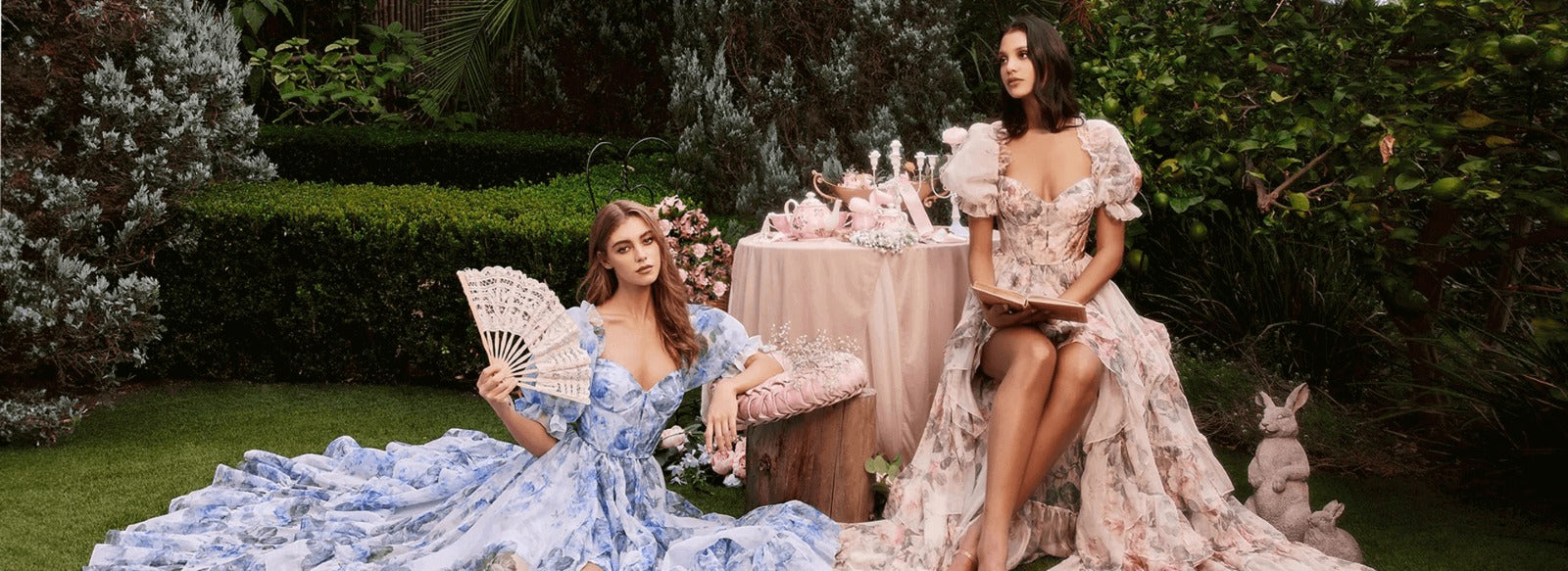
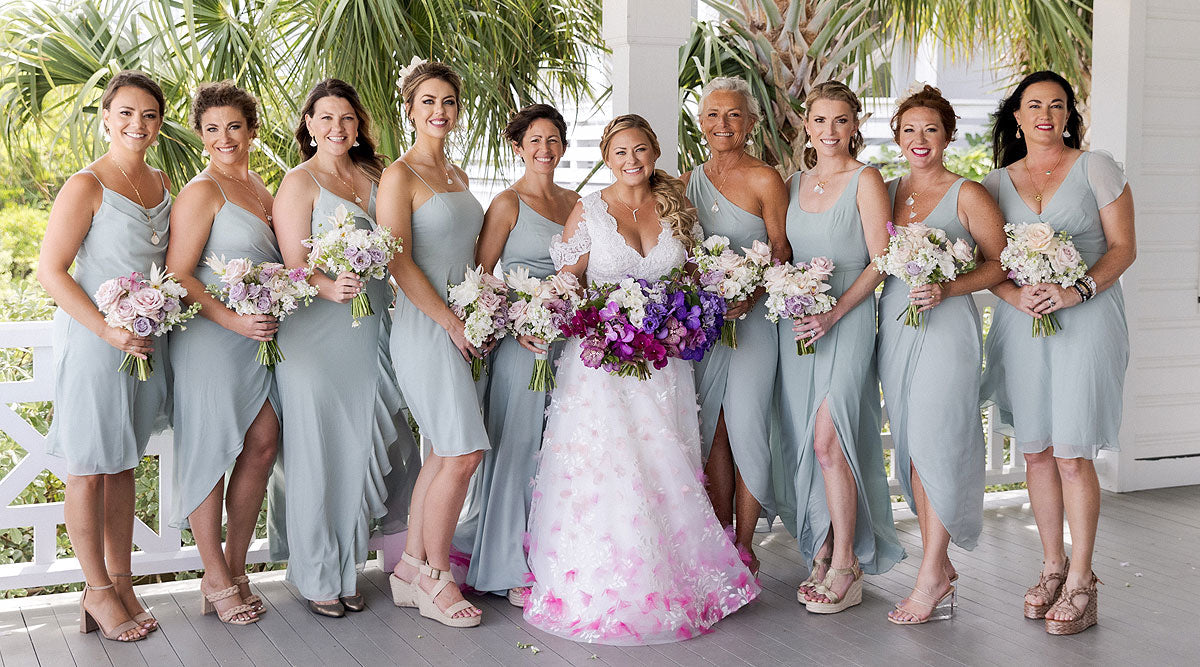



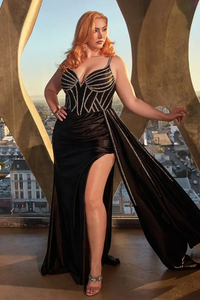
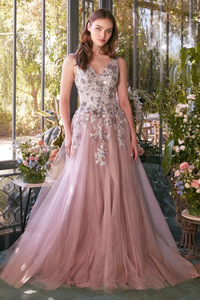




Dejar un comentario
Este sitio está protegido por hCaptcha y se aplican la Política de privacidad de hCaptcha y los Términos del servicio.